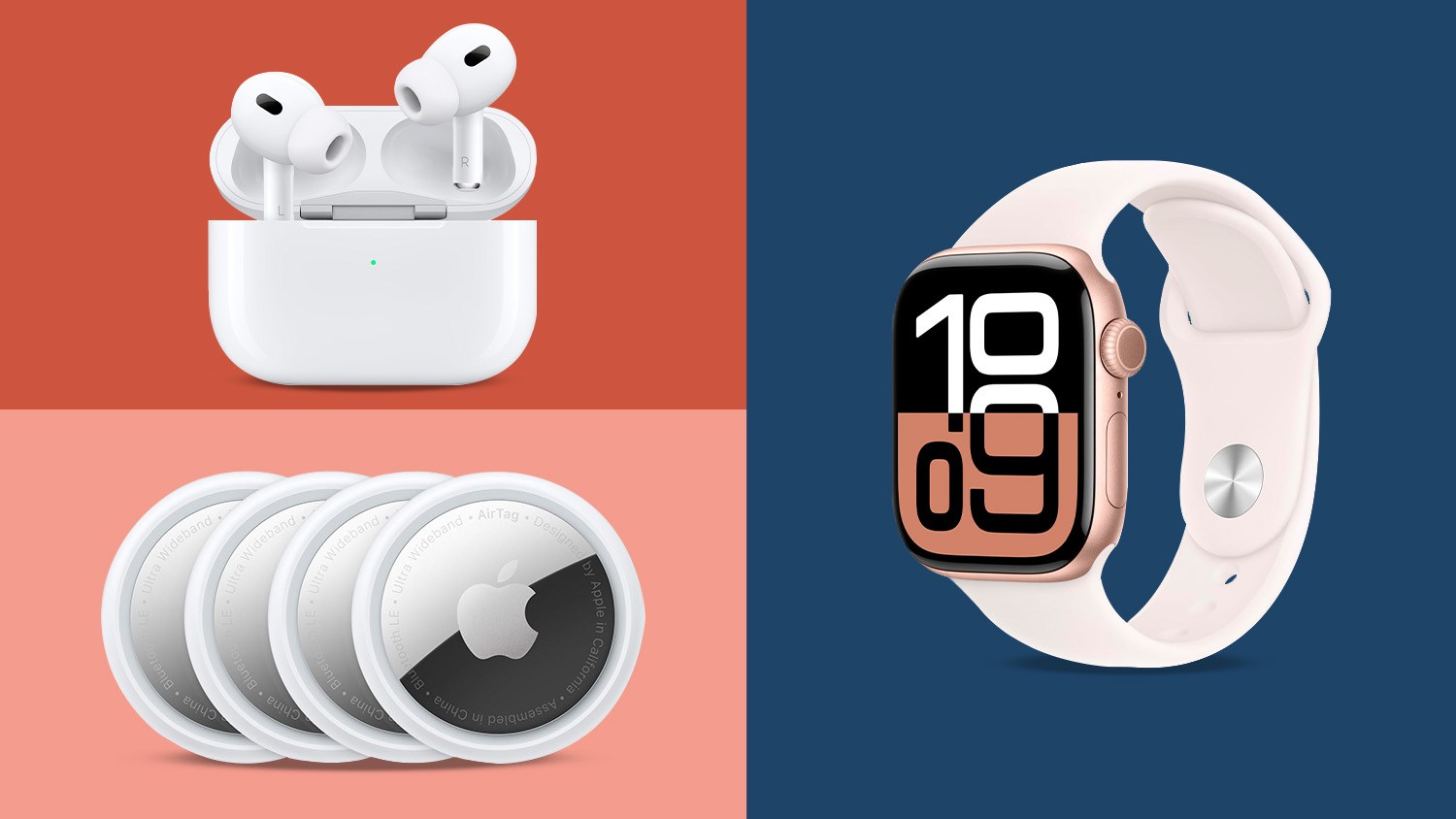NEW YORK — Unexpected medical bills are one of Americans’ top health care headaches.
And it’s easy to see why: Roughly 1 in every 6 emergency room or in-hospital stays generated at least one out-of-network medical bill in 2017, according to a Kaiser Family Foundation analysis of claims data from large-employer plans published Thursday. That leaves patients at risk of receiving hefty surprise medical bills.
Two-thirds of Americans say they are “very worried” or “somewhat worried” about being able to afford unexpected medical bills, a previous Kaiser poll has shown. And more than three-quarters want the federal government to address surprise medical bills, though they are divided over whether insurers or providers should cover the cost.
Lawmakers — as well as President Donald Trump — have responded. At least three bipartisan bills have been introduced in Congress in recent weeks that would shield patients if they are unknowingly treated by out-of-network providers, often in an emergency situation.
The Senate Health Committee is scheduled to vote next week on legislation that mandates that patients pay only their in-network rates for out-of-network emergency care and for certain out-of-network services done at in-network facilities. It calls for insurers to pay doctors and hospitals the local median contracted rate.
More than a dozen states have enacted laws that address surprise billing in insurance plans regulated at the state level. But those protections often don’t extend to people enrolled in large-employer plans, many of which are regulated on a federal level. That’s why Congress has to step in.
The likelihood of these folks getting out-of-network bills varies widely by state. Some 38% of ER visits in Texas resulted in at least one of these charges, as did more than a quarter of trips in New Mexico, New York and California, according to the Kaiser analysis. But the rate was under 5% in Minnesota, South Dakota, Nebraska and Alabama.
Most of the out-of-network bills came from doctors or other medical professionals, rather than hospitals or emergency facilities.



















